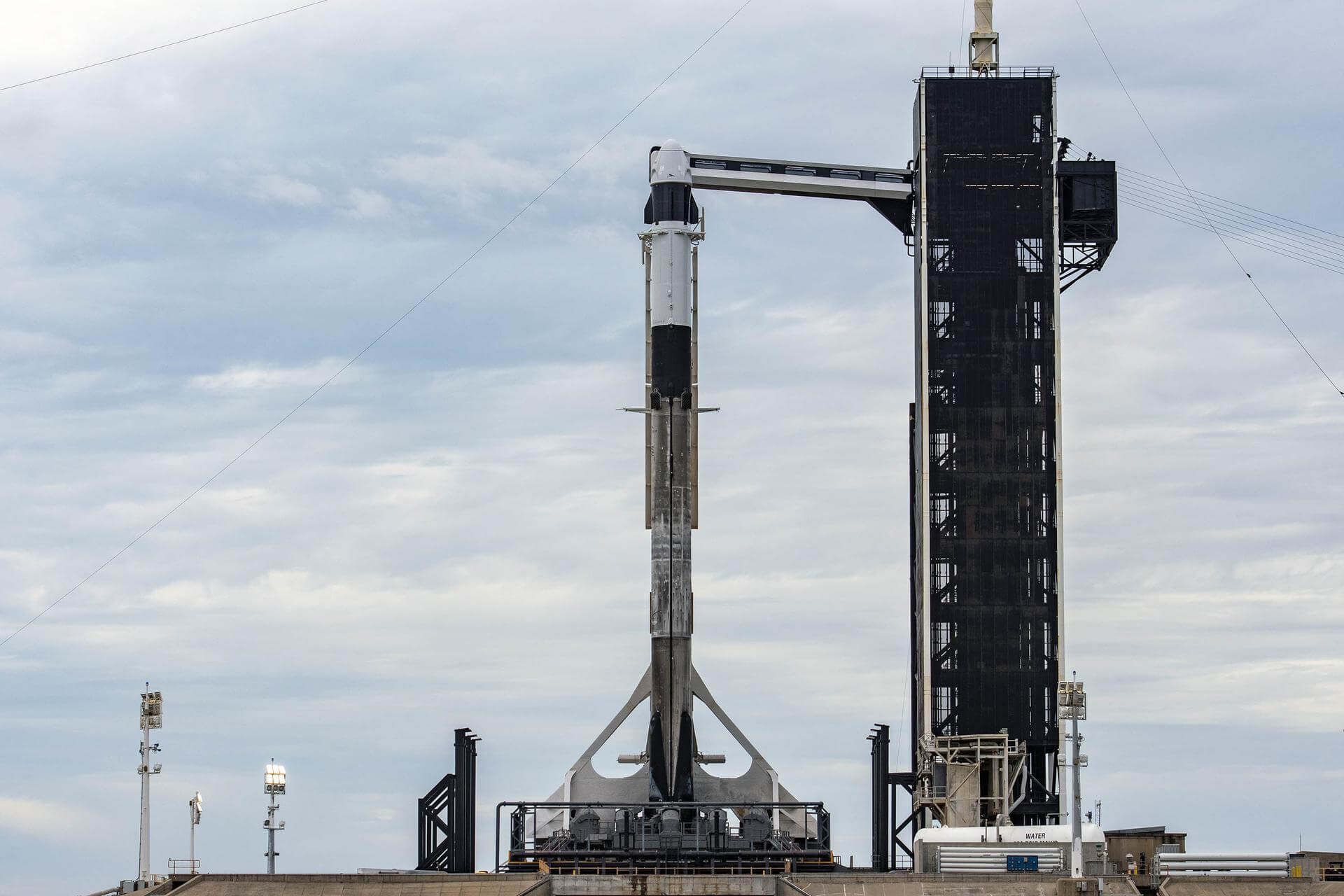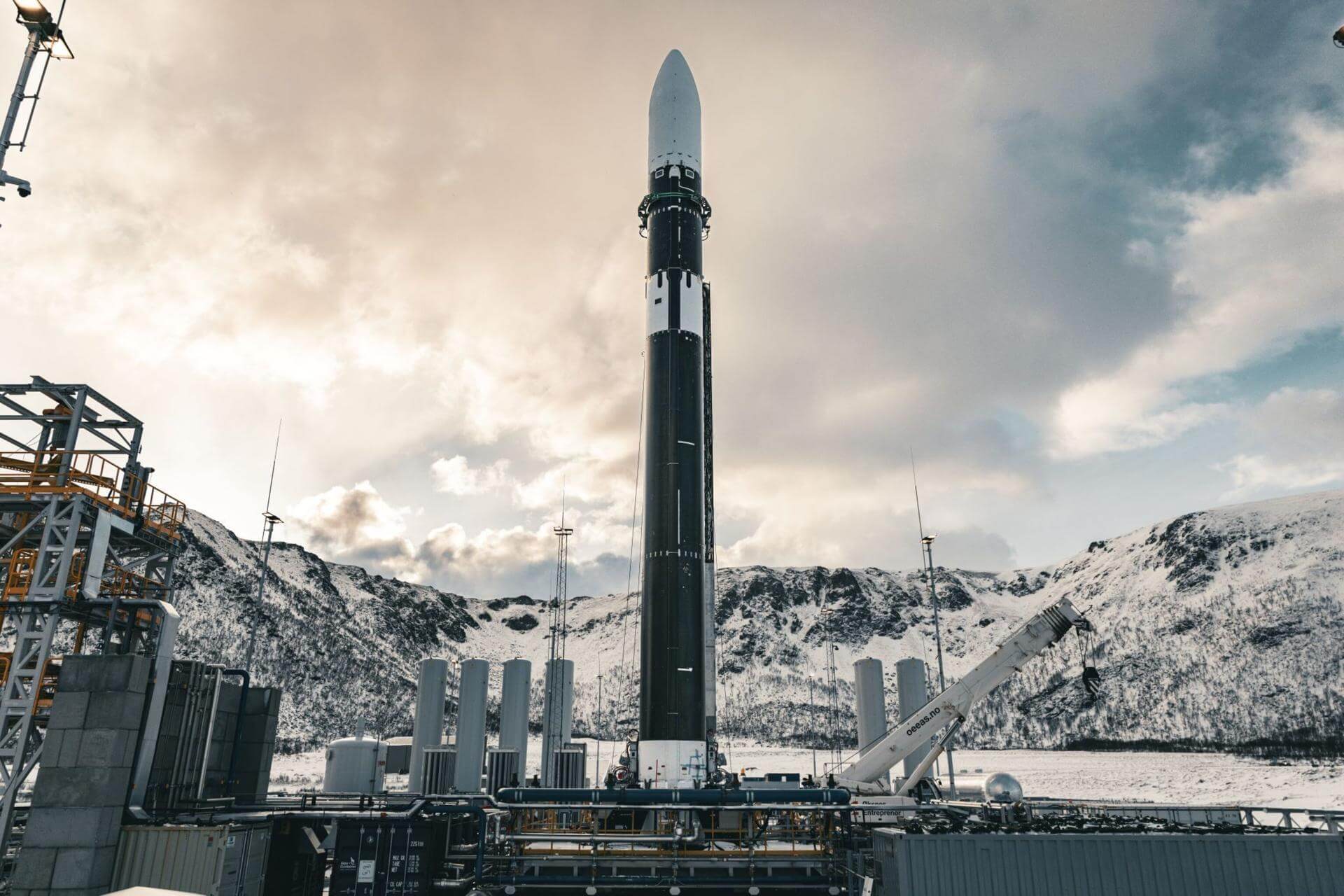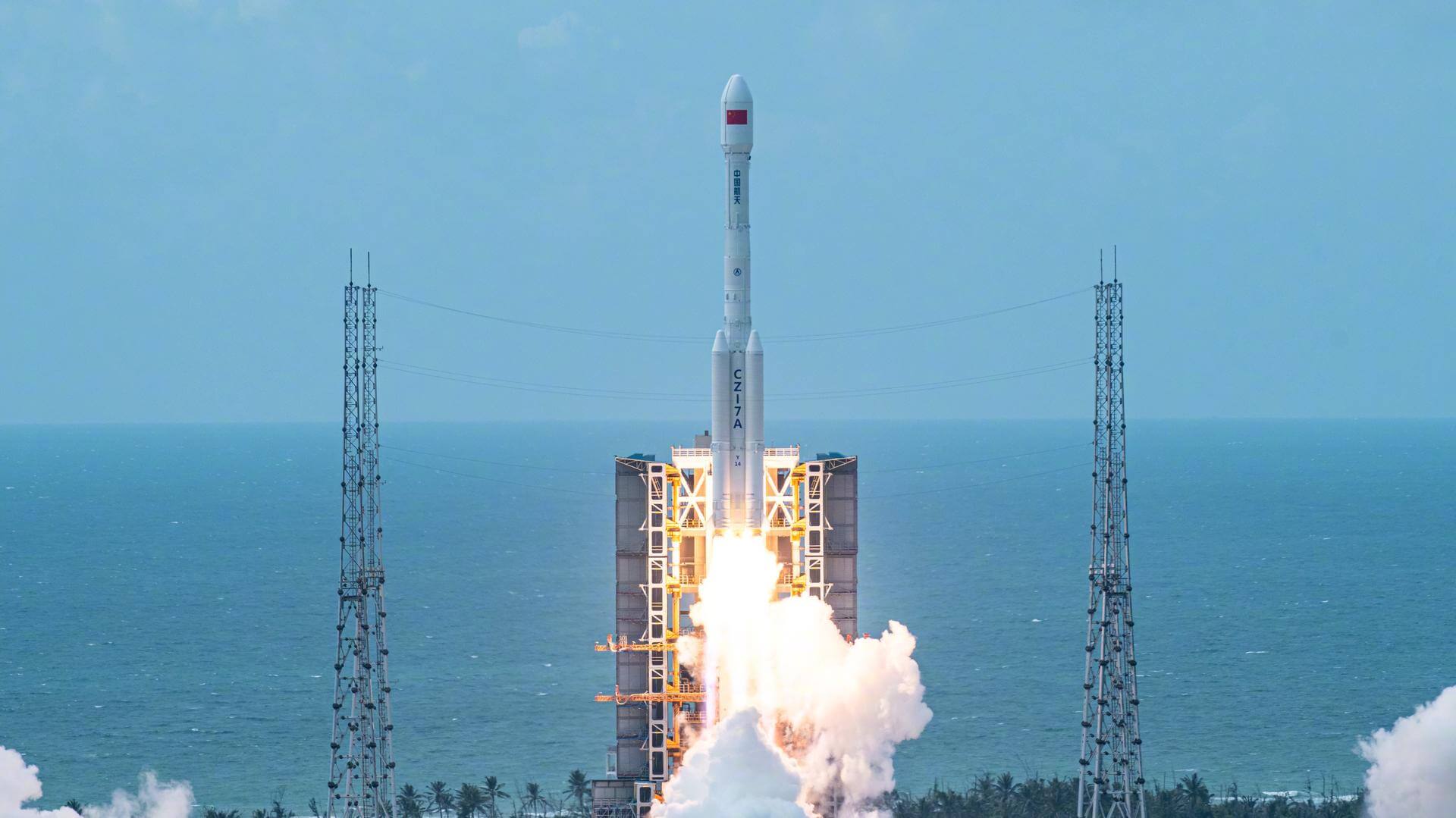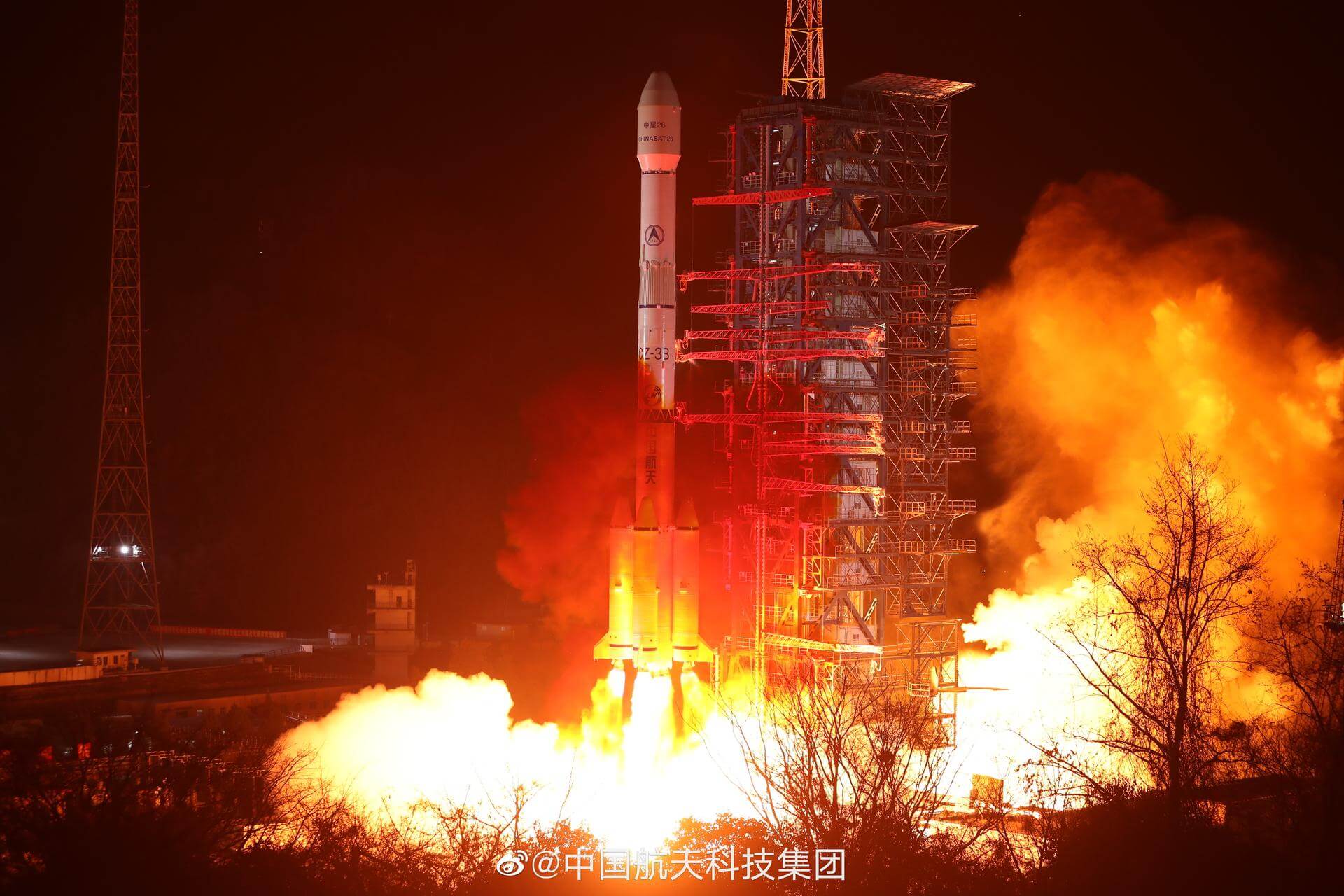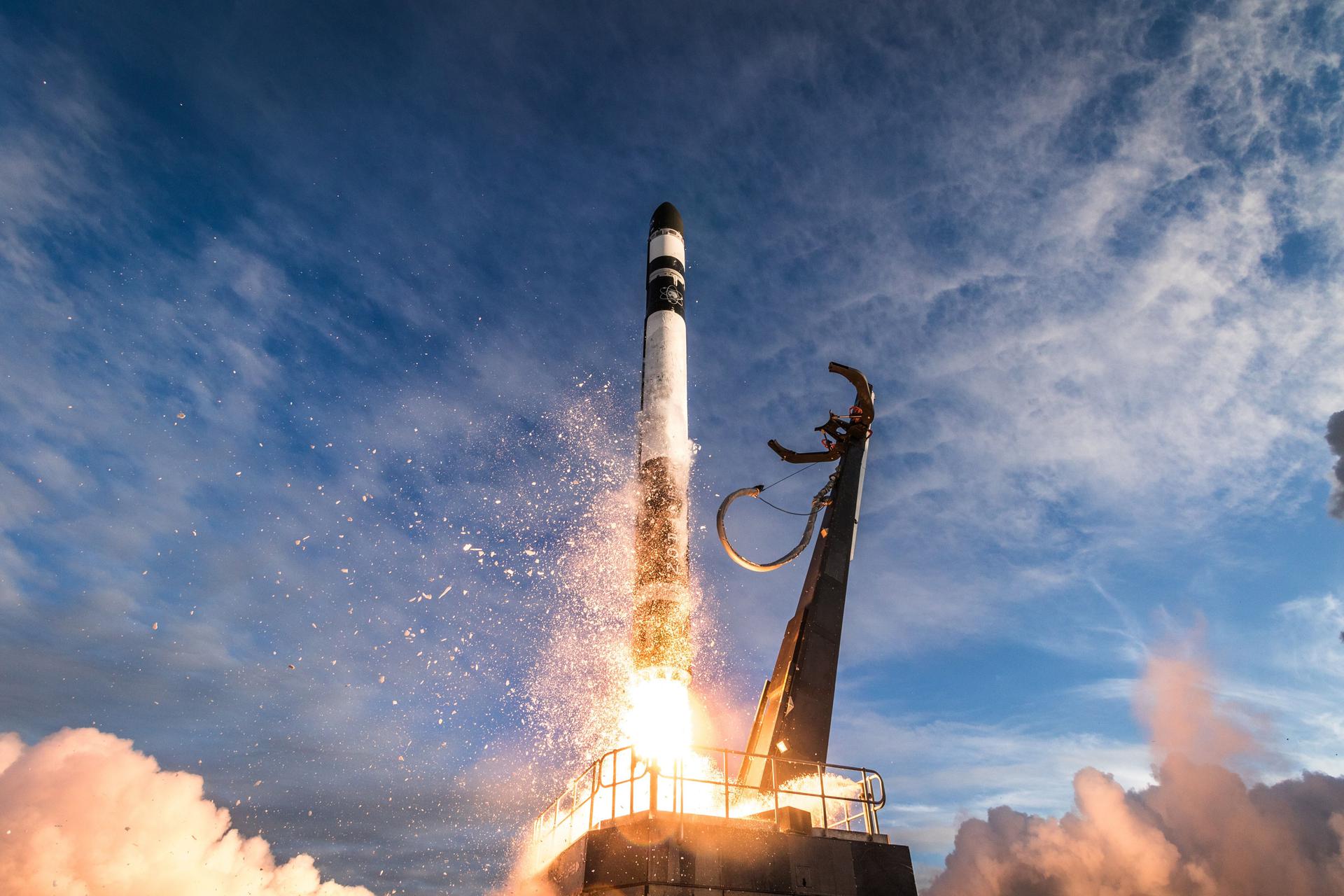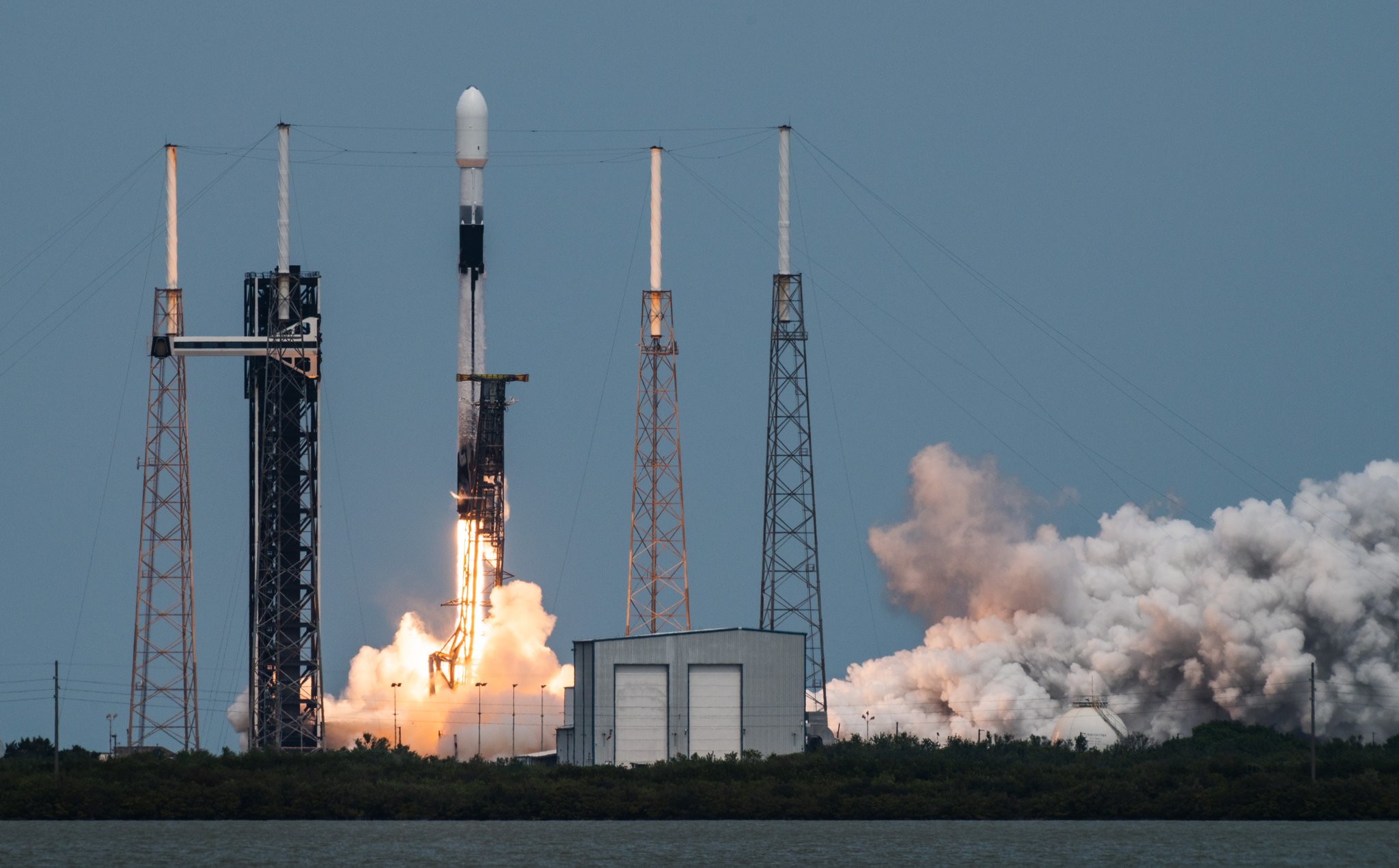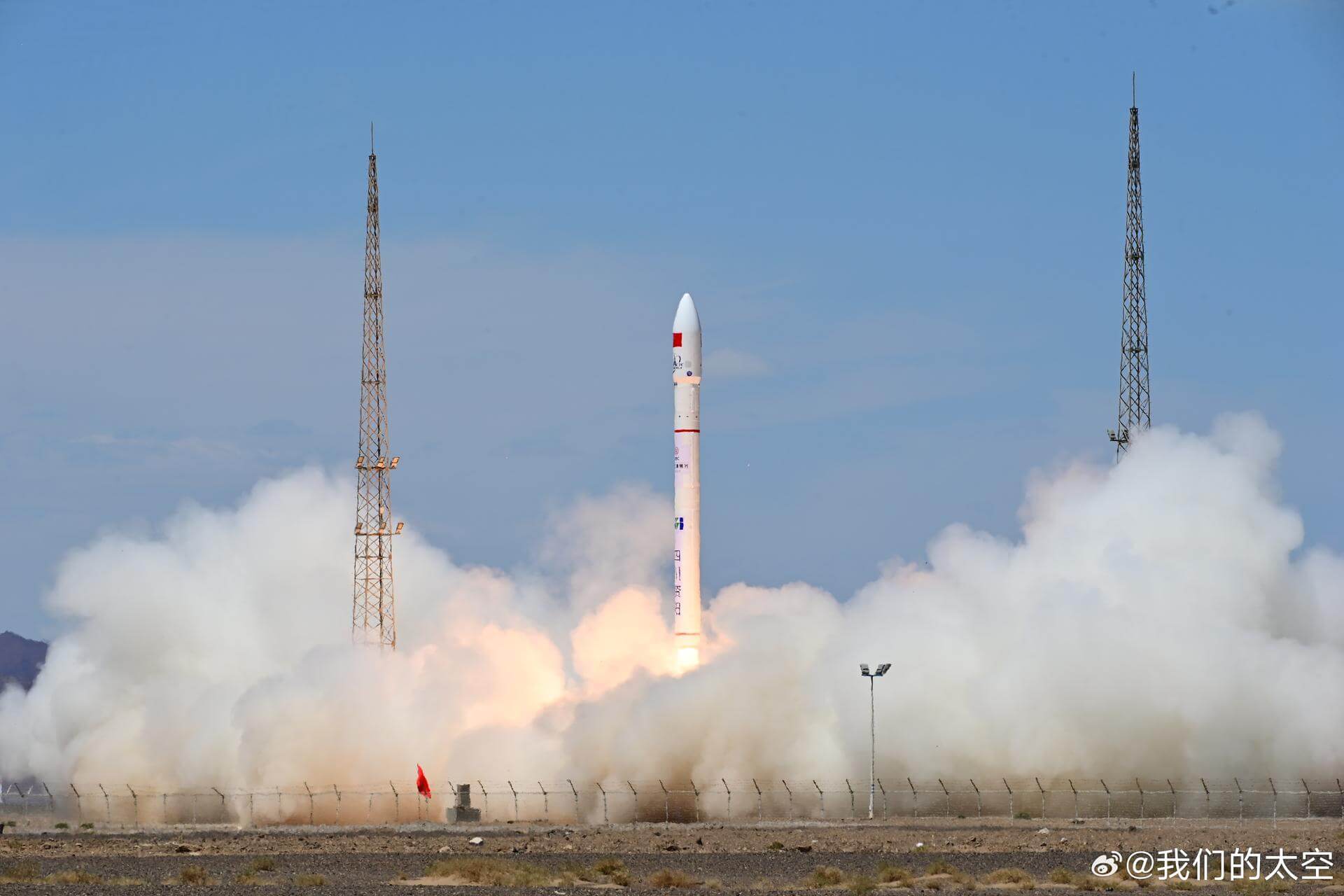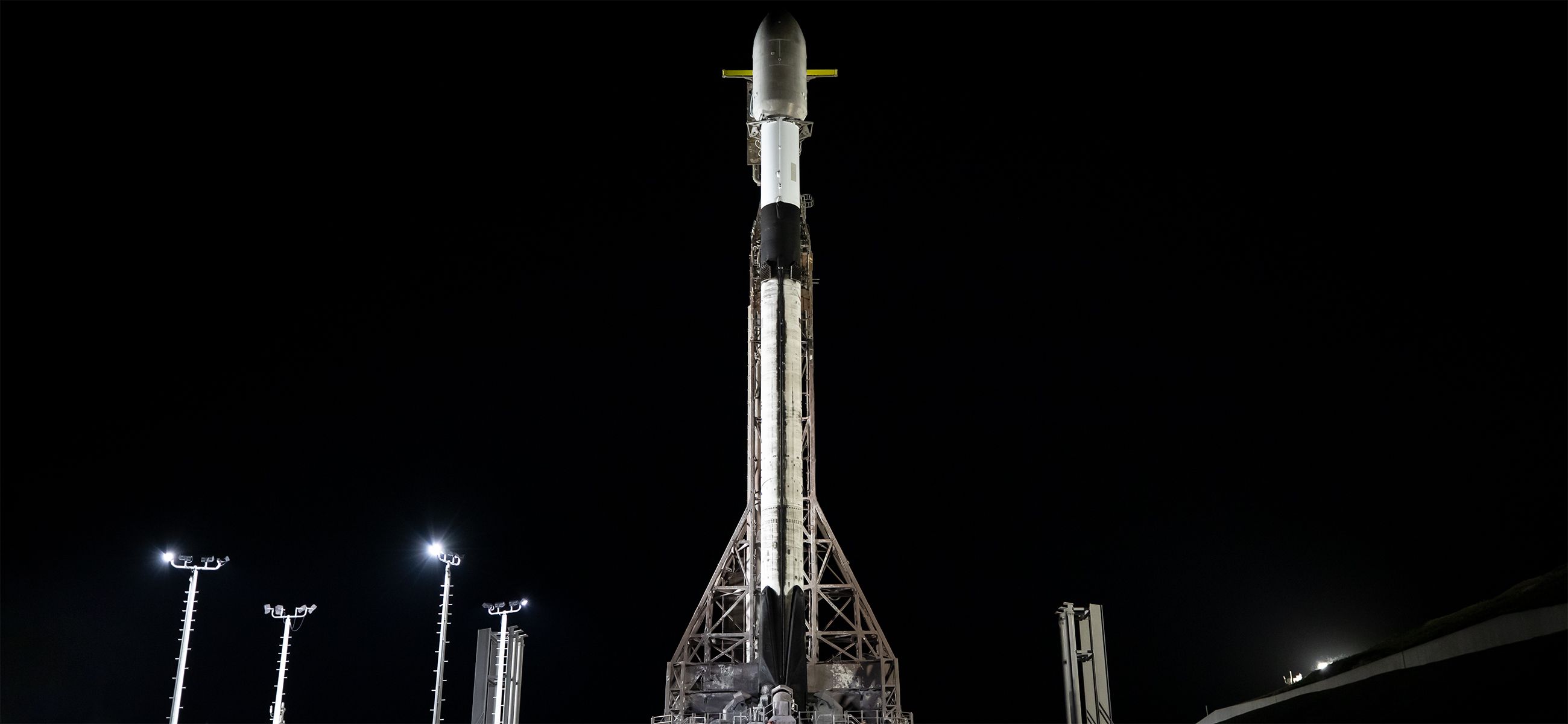Previous Spaceflight Launches
Filter by Agency, Locations or Vehicles
Show All LaunchesFalcon 9 Block 5 | Fram2
SpaceX | United States of AmericaKennedy Space Center, FL, USA
April 1, 2025, 1:46 a.m.
Status: Launch Successful
Mission:
Fram2 is the world’s first astronaut mission to polar orbit. Named after the Norwegian polar research ship Fram, the Crew Dragon spacecraft will launch into a 90° circular orbit from Florida, making it the first human spaceflight to fly over Earth’s polar regions from low-Earth orbit. A cupola will be installed on the Dragon spacecraft to allow for Earth observation from at an altitude of 425 – 450 km. During the 3-to-5-day mission, the crew will study green fragments and mauve ribbons of continuous emissions comparable to the phenomenon known as STEVE (Strong Thermal Emission Velocity Enhancement), persistently measured at an altitude of approximately 400 - 500 km above Earth’s atmosphere, among other studies. The crew will also work with SpaceX to conduct a variety of research to better understand the effects of spaceflight on the human body, which includes capturing the first human x-ray images in space, Just-in-Time training tools, and studying the effects of spaceflight on behavioural health. Chun Wang, an entrepreneur and explorer who co-founded f2pool and stakefish, serves as the mission commander. The vehicle commander will be Jannicke Mikkelsen, a film director, and cinematographer. The vehicle pilot will be Eric Philips, a professional polar adventurer and guide who has completed ski expeditions to the North and South Poles. The final crew member will be mission specialist Rabea Rogge, a robotics researcher from Berlin, currently pursuing her PhD in Norway.
Polar Orbit B1085 - Flight Proven ( ) A Shortfall of GravitasFalcon 9 Block 5 | Starlink Group 6-80
SpaceX | United States of AmericaCape Canaveral SFS, FL, USA
March 31, 2025, 7:52 p.m.
Spectrum | Maiden Flight
Isar Aerospace | GermanyAndøya Spaceport
March 30, 2025, 10:30 a.m.
Long March 7A | TJSW-16
China Aerospace Science and Technology Corporation | ChinaWenchang Space Launch Site, People's Republic of China
March 29, 2025, 4:05 p.m.
Falcon 9 Block 5 | Starlink Group 11-7
SpaceX | United States of AmericaVandenberg SFB, CA, USA
March 26, 2025, 10:11 p.m.
Long March 3B/E | Tianlian 2-04
China Aerospace Science and Technology Corporation | ChinaXichang Satellite Launch Center, People's Republic of China
March 26, 2025, 3:55 p.m.
Status: Launch Successful
Mission:
Tianlian is a Chinese data tracking and relay communications geostationary satellite series. The TL 2 (Tian Lian 2) satellites represent the second generation of this relay satellite network, and is based on the DFH-4 Bus, a three-axis-stabilized telecommunications satellite platform. TL 2 will be used to support real-time communications between orbiting satellites and ground control stations. This system will replace the current network of ground-based space tracking and telemetry stations and space tracking ships.
Geostationary Transfer OrbitElectron | Finding Hot Wildfires Near You (OroraTech OTC-P1)
Rocket Lab | United States of AmericaRocket Lab Launch Complex 1, Mahia Peninsula, New Zealand
March 26, 2025, 3:30 p.m.
Status: Launch Successful
Mission:
8 satellites for a constellation of satellites developed by Orora Technologies (OroraTech) of Germany, with thermal infrared cameras that can provide 24/7 monitoring of wildfires globally, supporting better and faster wildfire response to protect forests, people, and infrastructure worldwide. The company plans to expand their constellation with up to 100 satellites in total by 2028.
Sun-Synchronous OrbitFalcon 9 Block 5 | NROL-69
SpaceX | United States of AmericaCape Canaveral SFS, FL, USA
March 24, 2025, 5:48 p.m.
Ceres-1 | Yunyao-1 43-48
Galactic Energy | ChinaJiuquan Satellite Launch Center, People's Republic of China
March 21, 2025, 11:07 a.m.
Falcon 9 Block 5 | NROL-57
SpaceX | United States of AmericaVandenberg SFB, CA, USA
March 21, 2025, 6:49 a.m.
Status: Launch Successful
Mission:
Eighth batch of satellites for a reconnaissance satellite constellation built by SpaceX and Northrop Grumman for the National Reconnaissance Office to provide imaging and other reconnaissance capabilities.
Unknown B1088 - Flight Proven ( ) Landing Zone 4